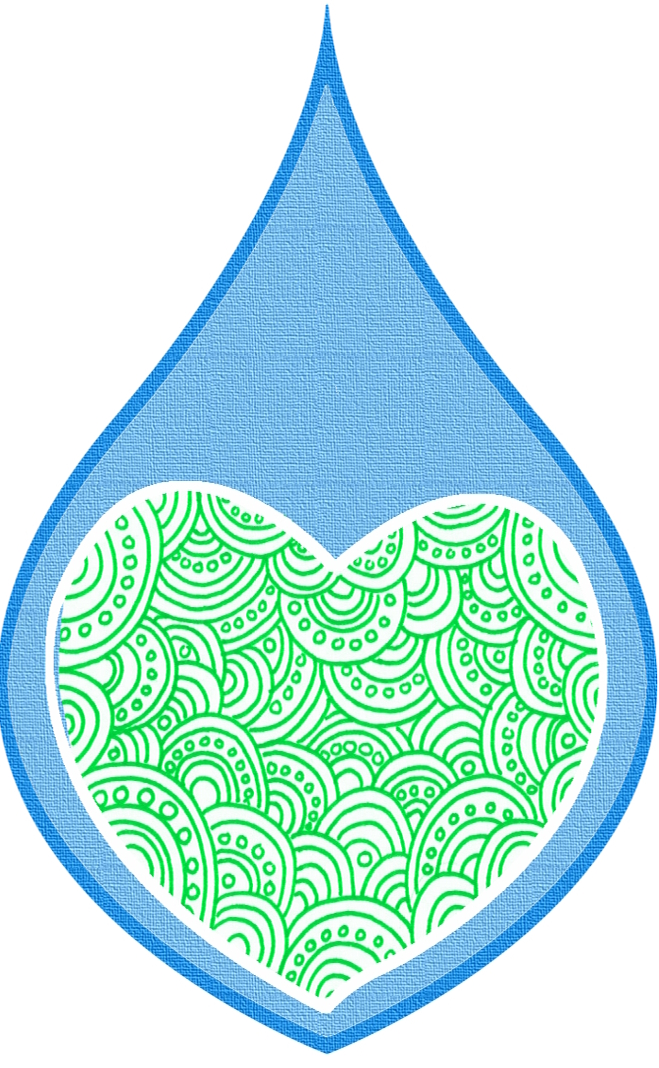Are the companies that make your clothes environmentally friendly? For a lot of us the answer is no. Yesterday I stumbled onto a new report released by the Institute of Public and Environmental Affairs on water pollution from the textile/apparel industry in China. This report, titled Cleaning up the Fashion Industry, quoted a 2010 report as saying the textile industry in China ranked 4th in wastewater COD emissions and 3rd for overall wastewater discharge out of its 39 industries. Although there are laws in place to keep this sort of pollution from happening they are rarely enforced, and even when someone is caught the punishment usually isn’t substantial enough for it to make a difference. The new report by the IPE has several goals:
- They call on all major apparel brands and retailers to determine if their suppliers have any violations, and if so immediately implement corrective actions.
- They ask that major apparel brands and retailers to create proactive management systems to watch over their suppliers, and to push through improvements.
- They encourage factories with violations to explain to the public what happened and how they are fixing the problem.
- They call on the brands and factories to implement a green supply chain policy and to encourage their factories to go above and beyond compliance with the laws.
While I am not trying to go into great details of the violations of specific companies in this article I will give one example that was in this report. The culprit is the Zhejiang Qingfeng Textile Dyeing and Printing Company which is part of the Hong Kong Qingye Group. Clients of theirs include Guess, Gap, Levi’s, Hugo, Esprit, Polo, Tribal, Sag Harbor, Hema, Marks & Spencer, Wal-Mart, Itochu, and Youngor. Their past record is not very green:
- In 2009, this factory was included in a list of dyeing and finishing chemical factories that had been given corrective punishments by the Xiaoshan District government, and was rated as a “yellow” factory.
- In 2010, the Hangzhou Municipal Key Pollution Source Company Credit Rating determined this factory to be “red”.
So what does that mean? Here’s how this system works. There are 5 colors (from best to worst): green, blue, yellow, red, and black. The ratings look at water, air, noise, solid waste, electromagnetic radiation, and radioactive contamination. Then companies are evaluated from information on self-monitoring reports, inspection reports, records of public complaints, regulatory actions and penalties, and surveys that record characteristics of the firms that are relevant for rating environmental performance. The results are analyzed and then they rate you on the color scale. Seems like a good system as long as someone is paying attention to the results, which doesn’t happen most of the time. Moving on…
Now we know what the report wanted, and what kind of violations are out there, so let’s take a look and see how your favorite clothing brand replied. After investigations were conducted as part of this report letters were sent out to the CEOs of 48 companies. The letters included some background on the study, how environmental groups would like to work with companies to protect the environment, and then listed out any suppliers that had or were suspected of having violations. After the letters were sent out some of the companies responded, and some didn’t. Some of the companies, including Nike, Esquel, Walmart, H&M, Levi’s, Adidas, and Burberry were actually already working to get their suppliers to clean up their act. Some of the companies that didn’t respond were Marks & Spencer, Esprit, Calvin Klein, Armani, and Carrefour. The report does have a paragraph explaining some possible reasons why companies didn’t respond, but go on to say that they felt some of the companies didn’t want to implement a policy of policing their suppliers. So how did your favorite clothing brand do? Take a look (dark green check = the company has reached the requirements for that item, light green? check = the company has only partially reached the requirements, and a yellow “x” = the company has not yet reached the requirements.)
This is only a partial list. It was pretty long so I didn’t include the companies that had nothing but yellow x’s, but they include: Benetton, Polo Ralph Lauren, Abercrombie & Fitch, Tommy Hilfiger, 361, Kappa, Guess, Youngor, Sears-Roebuck, Mizuno Corp, Lafuma, ANTA, Cortefiel, DKNY, Liz Claiborne, Lee Jeans, Victoria’s Secret, Macy’s, Kmart, J.C. Penney, Giordano, Cotton Inc, Calvin Klein, Armani, and Carrefour.
I can understand that this isn’t a complete picture of the company or its practices, and they shouldn’t be absolutely villainized because of the results found here, fine. But these results do show if the company cares at all. They all received these letters, and some of them threw them in the trash and will continue to pollute, while others took the time to read and respond to them and implement new policy. And they’re all big companies, so to say that someone couldn’t respond because they’re too busy is a cop out. So next time you’re out at the mall trying to decide where to go for that new shirt try and pick one of the companies at the top of this list. I’m sure none of these companies are 100% clean, but some are a lot better than others. There is a lot of other good information in this report that is not included here , (unfortunately there are significant portions that are only in Chinese), so if you’d like to read it for yourself you can find it at https://www.ipe.org.cn/Upload/Report-Textiles-One-EN.pdf. Thanks for reading.


